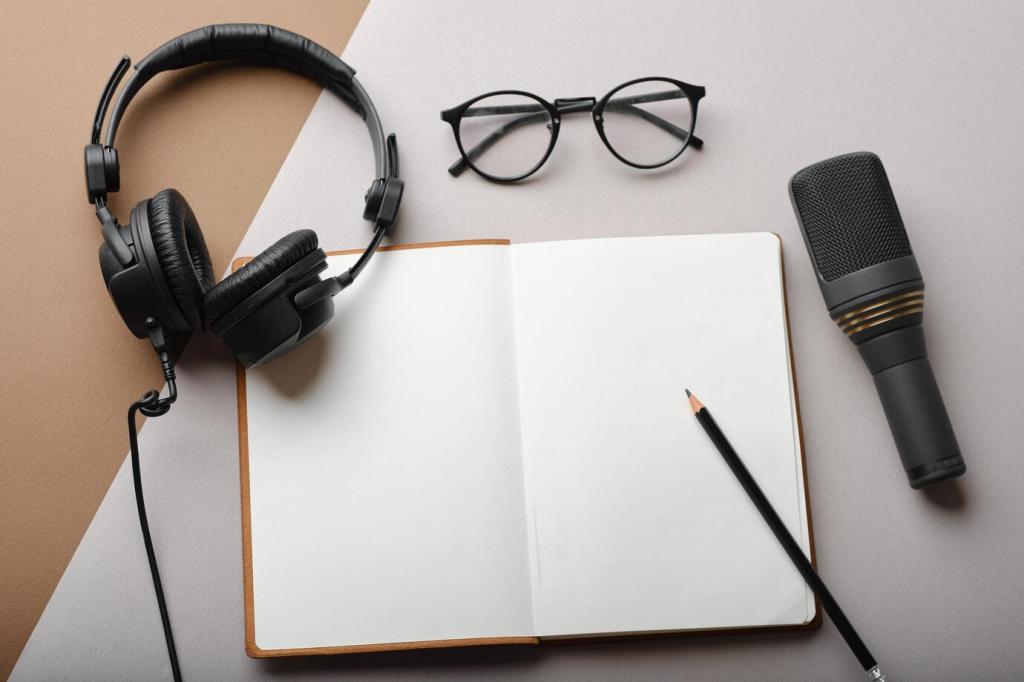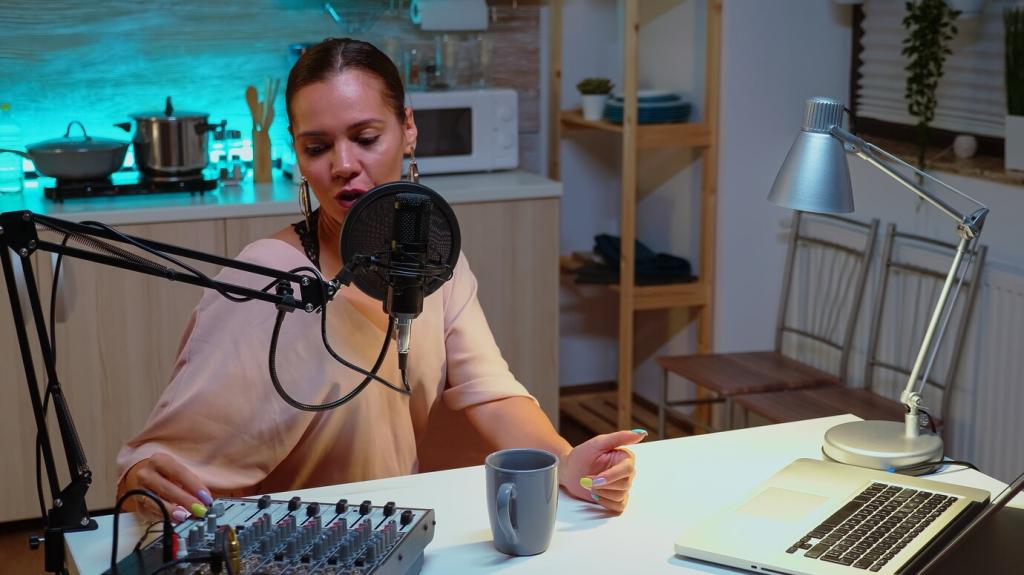Sound Design That Carries Meaning
Choose a musical phrase or sonic texture that reflects a theme, then alter instrumentation as stakes rise or perspectives shift. A gentle piano can become staccato strings when doubt enters. Let listeners feel the argument changing before words declare it.
Sound Design That Carries Meaning
Old voicemails, press conferences, or field reels carry attitude and context. Introduce them with purpose and handle them transparently. Identify sources and dates, then weave them so they answer or contradict present-day claims. Friction makes the truth audible.



